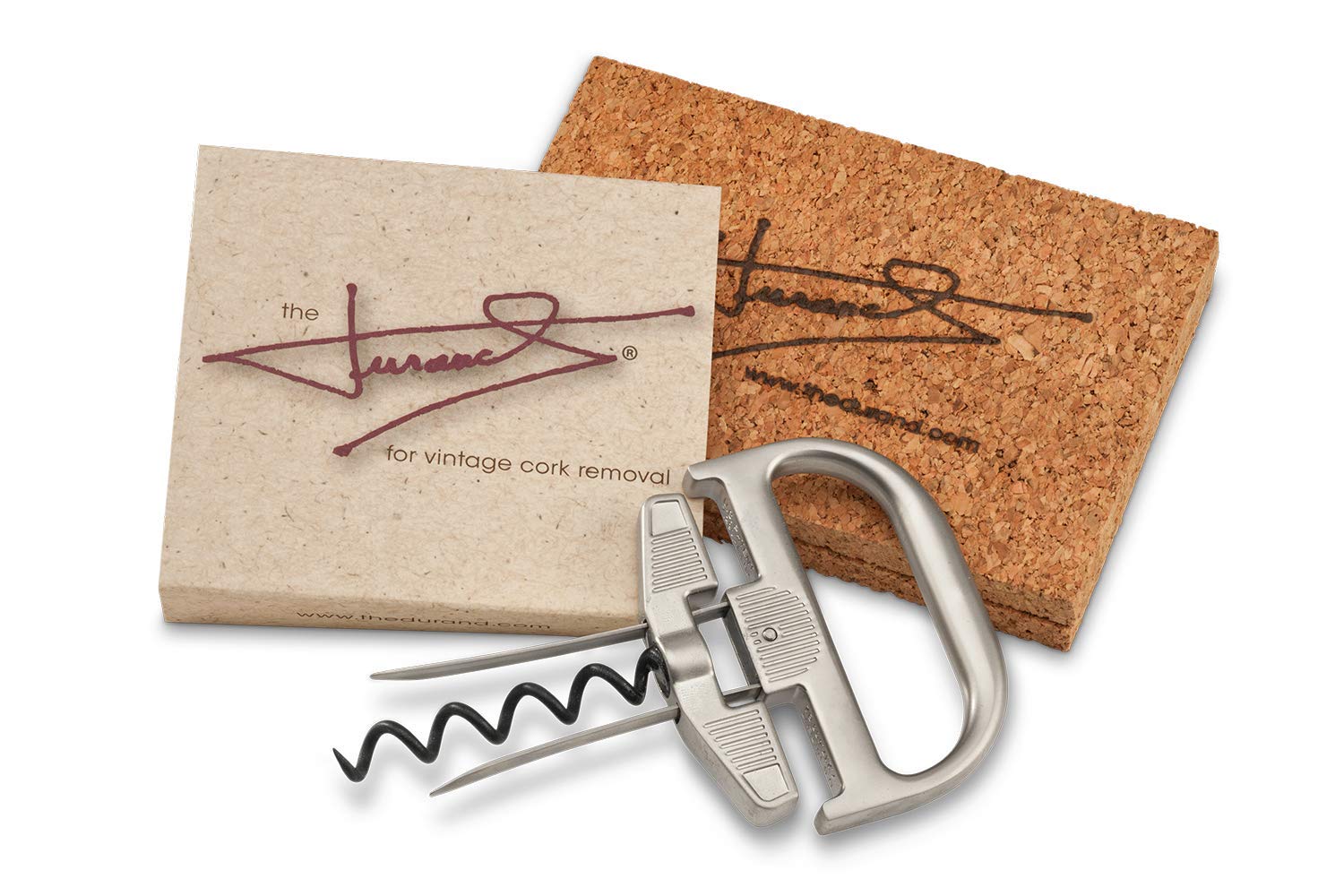Essential Guide on Broken Corks & Vintage Corks
Few things threaten to strip a wine of its elegance more than a broken cork. It’s an abrupt process: As you attempt to pull the cork from a bottle amid the anticipation of thirsty guests, it tears apart without warning, leaving a remnant stuck in the neck. This tends to happen more in older bottles due to the ravages of time, but it’s arguably more frustrating when it happens to a vintage label. When a cork morphs from a perfect, graceful cylinder to a hunk with a crumbly yet jagged top surface, it’s not a pretty sight. This sudden act of peril can cause a temporary yet jarring mood swing to your gathering — something that may be punctuated further with a curse word or two barely concealed under your breath.
Everyone has had a broken cork occur at some point, so there’s no need to worry. To quickly get things back on track, it’s important to carefully remove the broken cork. There is a proper technique for doing this, which can be learned by consulting a well known sommelier.
While your first inclination may be to get the process over with as quickly as possible, the sommelier suggests slowing down because of the cork’s delicate nature. People forget that corks can be brittle, if you’re removing a cork, you need to be slow and patient about pulling it out unless you want it to turn into crumbs.
When removing a piece of broken cork from a wine bottle, it’s important to follow a specific set of steps. To start, secure the cork with a wine key if possible. Then, tilt the bottle at approximately a 30-degree angle and gently pull the cork out, instead of trying to twist it out. If the cork is too stubborn, running warm water on the bottle’s neck for a few seconds can expand the glass and loosen the cork’s hold.

A well-made wine key with a long worm (a.k.a. corkscrew) can handle cork removal in a younger wine. If the bottle is older, we recommend using an ‘ah-so’ (image above), a two-pronged wine opener that can carefully grip the cork on either side. The prongs’ asymmetrical nature allows them to effectively rock the cork up the neck and out of the bottle. Reliable versions of both tools can be cost effective.